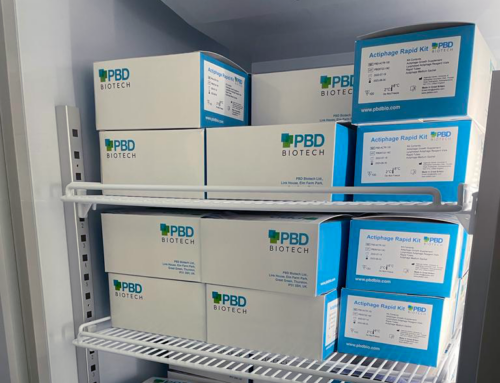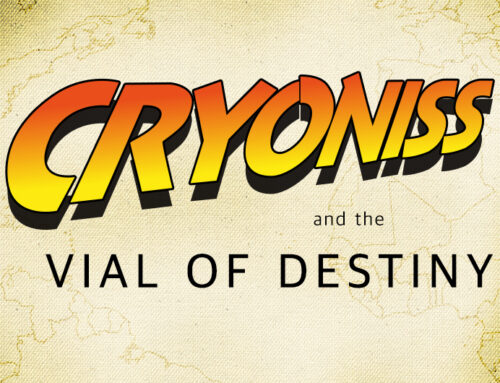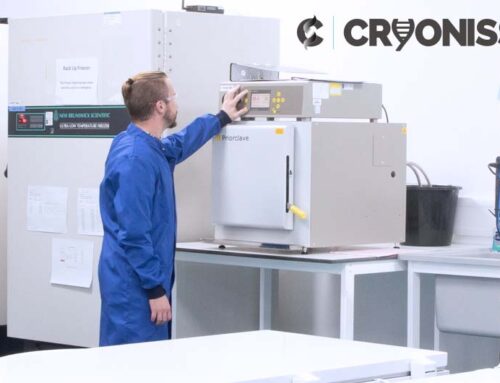Optimising the biopreservation of biological samples
The ability to store samples indefinitely and recover them on demand is a highly valued, yet challenging field of research.
The ability to store samples indefinitely and recover them on demand is a highly valued, yet challenging field of research. Good sample recovery has implications for the use of cell lines in basic research through to the biopreservation of organs, tissues for transplantation and regenerative medicine.
In 1949, the accidental discovery of the cryopreservative effects of glycerol by Polge et al. lead to the advancement of research in cryobiology and biopreservation, the aim of which is to suppress biological ageing whilst supporting post-preservation restoration of function.
Biopreservation is divided into two strategies, hypothermic storage, and cryopreservation.
Hypothermic storage involves the storage of samples above 0°C and below the normal physiological thermal range (+ 37°C). By lowering the metabolic rate and reducing the demand for oxygen and other substrates, the deterioration of biological samples can be minimised. This is primarily used for short-term preservation of cells, tissues, and organs for tissue transplantation. However, deterioration is only limited for 1-2 days, unless reagents are added to drive the cells into a quiescent state.
Whilst this is an exciting field of research, the need for long-term storage is still required, and the cryopreservation of samples below the freezing point of water, and ideally below the glass transition phase of water (Tg -137°C) remains the most common storage method. Cryoprotectants, such as the frequently used dimethyl sulfoxide (DMSO) are a key reagent to protect the cells from the formation of ice crystals which cause damage during freezing and thawing processes. However, there are many additional variables to control and optimise to successfully cryopreserve a sample.
The impact of the rates of freezing and thawing samples on cellular survival are well documented. As cells are cooled, pure water in the extracellular space forms ice crystals, leading to an increase in solutes in the remaining liquid phase. Intracellular water therefore moves out of the cells to re-establish osmotic equilibrium. If cells are frozen too quickly, the equilibrium may not be achieved leading to the presence of intracellular ice crystals. If too much time is taken, too much water leaves the cell leading to “solution injury” effects. These have been characterised by increases in intracellular solute concentrations, denaturation of proteins, membranes, precipitation of buffers, pH changes and increased concentration of proteins, cross-linking or the removal of structurally important water.
During storage, the cells are surrounded by a thin layer of glass-like, vitrified, cryoprotectant and are maintained in a vitreous state encased in the mass of extracellular ice.
The process is then reversed when the cells are thawed. Ice is replaced with water and cryoprotective agents are removed from the sample. Recrystallisation can occur when metastable ice crystals formed during freezing reform larger crystals during the warming process. Equally the cryopreservant can also cause problems. DMSO, for example, cannot move across the cell membrane as easily as water, therefore as the DMSO is being removed post-thaw, the cell will frequently take up water, leading to swelling which can also cause irreversible damage.
For most cell lines and assay endpoints, the use of a Mr. FrostyTM to freeze samples, followed by thawing of vials in a water bath is standard practice. However, depending upon the fragility, and importance of controlling these factors, more automated approaches such as the use of controlled rate freezers, or controlled thawing via ThawSTARTM should be considered to remove user-to-user variability.
Alongside these physical effects, biochemical and molecular processes slow down, but do not stop until the temperature drops below the glass transition phase of water (Tg). In 2007, Baust identified that for every 10°C decrease in temperature, there is a 3% reduction in available thermal energy. Biochemical processes therefore continue to occur, even as low as -80°C, and lead to metabolic uncoupling, free radical production, alterations in cell membrane structure and fluidity, dysregulation of cellular ion balance , release of intracellular calcium, osmotic fluxes and cryoprotectant agent exposure. These factors lead to apoptosis, followed by necrosis due to a lack of energy and continual build up of stressors. This can take several days to manifest, and this phenomenon was described by Baust et al in 2001, as cryopreservation-induced delayed-onset cell death (CIDOCD).
Since the identification of these molecular and biochemical excursions, significant research has been undertaken to mitigate these effects with the addition of trophic factors, sugars, free-radical scavengers, apoptosis and necrosis inhibitors, e.g. p38 MAPK and ROCK inhibitors.
Whilst this field of biopreservation continues to develop and new tools are readily available, it is important that scientists take into account the stresses placed on cryopreserved samples, and implement optimised processes and quality control testing strategy, to ensure samples are viable prior to undertaking any experimentation.






